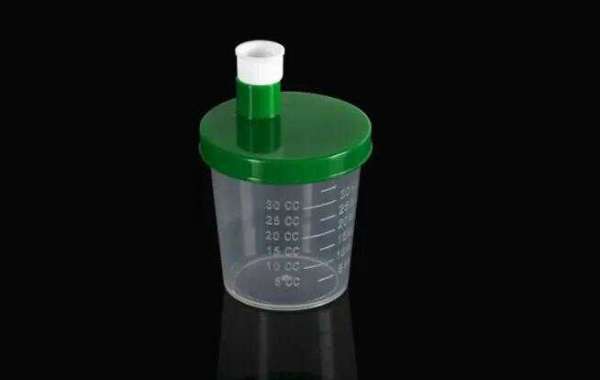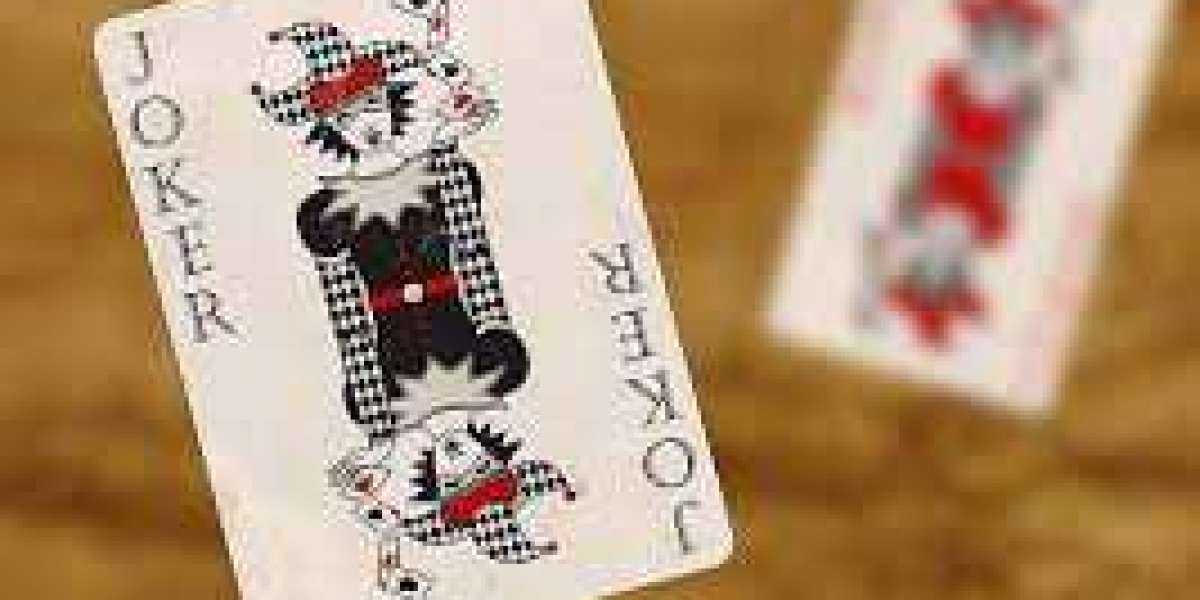How To Choose Different Reagent Bottle has a wide range of applications in the chemical and medical fields. It is generally made of hydrolyzed glass or borosilicate. The specifications generally range from 1mL to 60mL. Different bottle mouth designs can cater to different actual operating needs. The bottle cap that matches the bottle can be divided into solid and hollow. There are multiple colors to choose from. The size of the septum contained in the cap varies with the size of the cap. Generally, there are three types of septa, one layer, two layers, and three layers, each layer is colored Different or the same, the septum material is generally composed of silicone or rubber and Teflon.
Selection and classification of reagent bottles
Injection bottle, also known as chromatographic sample bottle. It is a glass vial for liquid chromatography, gas chromatography, mass spectrometry, and other autosamplers and headspace samplers for chromatographic autosamplers. Generally, it is composed of a bottle, a cap, and a gasket. The basic requirements are accurate volume, able to withstand a certain pressure, good sealing performance, and no adsorption to the sample.
Reagent bottles are divided according to their volume. Generally, there are 4 mL, 4mL, 18mL, and 20mL. The 2mL sample bottle is divided into an 8mm standard sample bottle and a 9mm wide-mouth bottle according to the diameter of the mat. According to the color, there are transparent bottles and brown bottles. For light-sensitive samples, brown bottles are needed. In addition, the bottle has a scale and no scale, with and without a writable label, you can choose according to your actual situation. Sampling Vials caps have two commonly used sealing methods: threaded mouth and jaw according to different sealing methods. The threaded cover is generally made of PTFE, and the jaw cover is generally made of aluminum.







